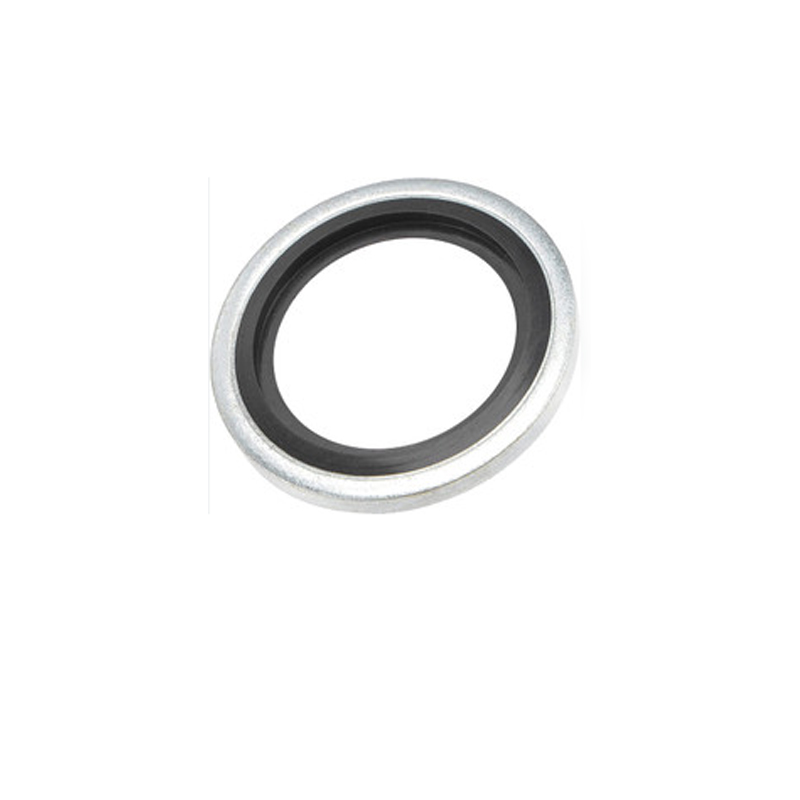Replacing Seals on Axle Output Shafts for Improved Vehicle Performance and Reliability
Understanding the Axle Output Shaft Seal Importance and Maintenance
The axle output shaft seal is a critical component in a vehicle's drivetrain system. Positioned at the junction where the axle connects to the transmission or differential, this seal serves a vital purpose in maintaining the integrity of the vehicle's fluid systems. Understanding the function, importance, and maintenance of the axle output shaft seal can help vehicle owners ensure optimal performance and longevity of their cars.
What is an Axle Output Shaft Seal?
The axle output shaft seal, often made from rubber or synthetic materials, prevents the leakage of lubricants such as oil or grease. These lubricants are essential for the smooth operation of the transmission and differential systems. The seal surrounds the axle shaft, forming a barrier that keeps contaminants such as dirt and debris out while retaining the necessary lubricants within the system.
Importance of the Axel Output Shaft Seal
The axle output shaft seal plays several crucial roles
1. Leak Prevention One of the primary functions of the seal is to prevent fluid leaks. If the seal fails, it can lead to significant lubricant loss, which can cause the transmission or differential to run dry. This may result in severe damage, requiring costly repairs or even complete replacement of the affected components.
2. Contaminant Protection The seal also acts as a barrier against external contaminants. Dust, dirt, and moisture can infiltrate the drivetrain system if the seal is compromised. Such infiltration can lead to wear and tear on smooth internal parts, significantly shortening their lifespan.
3. Optimizing Performance Maintaining proper fluid levels and preventing contamination are crucial for ensuring the efficient operation of the vehicle. A functioning axle output shaft seal contributes to better fuel efficiency and improved overall performance.
4. Safety A failure of the axle output shaft seal can potentially lead to more severe mechanical failures that may affect the vehicle's handling and safety. Keeping the seal in good condition is therefore important for the safety of both the driver and passengers.
axle output shaft seal

Signs of a Failing Axle Output Shaft Seal
Identifying the signs of a faulty axle output shaft seal early can save vehicle owners from expensive repairs and safety issues. Common symptoms include
- Fluid Leaks One of the most evident signs is the presence of fluid stains or puddles under the vehicle. Different colors may indicate different leaks (transmission fluid is typically red, while differential fluid might be darker). - Unusual Noises If you hear grinding or whining noises while driving, it could indicate that the lubricant levels are low due to a seal failure.
- Reduced Performance A noticeable decrease in vehicle performance, such as slipping gears or an inability to accelerate smoothly, may also signal an issue with the axle output shaft seal.
Maintenance and Replacement
Regular maintenance of the axle output shaft seal often involves visual inspections during routine service intervals. Mechanics will check for any signs of leakage or wear. If wear is detected, it's typically wise to replace the seal promptly to avoid more extensive damage to the transmission or differential.
Replacing the axle output shaft seal usually involves the removal of the axle and ensuring that the new seal is properly seated to avoid future leaks. It’s recommended that this task be performed by a qualified mechanic to ensure the job is done correctly.
Conclusion
In summary, the axle output shaft seal is a small yet significant component in a vehicle's overall functionality. Understanding its purpose and being vigilant about maintenance can help vehicle owners avoid major mechanical issues down the road. Regular checks and replacements, when necessary, can ensure that your vehicle runs smoothly, safely, and efficiently for years to come. Prioritizing the health of the axle output shaft seal is a fundamental step in preserving the performance and safety of your vehicle.
-
Understanding the Front Main Engine Seal: Purpose, Maintenance, and Installation
News Jul.29,2025
-
Understanding O-Rings and Seal Rings: Types, Applications, and Custom Solutions
News Jul.29,2025
-
Understanding Crankshaft Oil Seals: Rear Seals, Pulley Seals, and Their Role in Engine Integrity
News Jul.29,2025
-
The Importance of Front and Rear Crankshaft Seals in Engine Performance and Oil Management
News Jul.29,2025
-
Crank Oil Seals: Functions, Types, and Cost Considerations in Engine Maintenance
News Jul.29,2025
-
A Comprehensive Guide to O-Rings and Seals: Types, Materials, and Global Applications
News Jul.29,2025
-
Mastering Diesel and Performance Engine Maintenance: A Guide to Critical Oil Gaskets
News Jul.28,2025
Products categories















